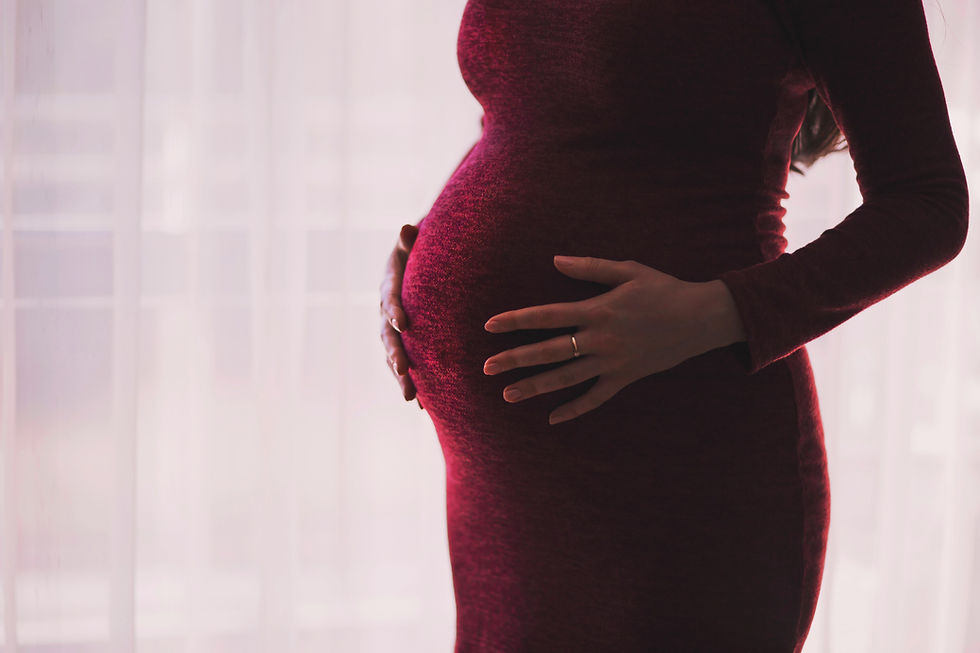Endometriosis - the facts
- bryan99054
- May 9, 2022
- 2 min read
Updated: Jul 5, 2023

Endometriosis is defined as the presence of endometrial tissue in sites away from the womb. Normally this tissue lines the womb (also called the uterus) only.
Common sites of endometriosis include the ovaries, Fallopian tubes, lining of the pelvis, outside the uterus, rectum and bladder.
The condition affects around 10% of women, with the average age of first diagnosis at 28 years old.
Women with a family history of endometriosis have a 7-10% higher chance of being diagnosed with this disease.
Around 30%-40% of women diagnosed with endometriosis will be termed "subfertile".
The impact of women affected with endometriosis is so vast that GPs are fully aware of the significance of this condition. However, the average time to diagnosis is 8 years. If an earlier diagnosis can be made, the chances of some form of effective treatment can be offered.
CAUSES
The exact cause of endometriosis is not defined. However, accepted theories include:
Retrograde menstruation – Backflow of menstrual blood containing endometrial cells through the Fallopian tube and into the pelvic cavity rather than out of the body

Metaplasia – Transformation of cells lining the inner side of the abdomen (by hormones or immune factors) into endometrial-like cells
Heredity – Studies have shown genetic predisposition to this disease in siblings
Immune system disorder – Problems with the immune system can create an ineffective mechanism for the body to identify and destroy endometrial-like tissues growing outside of the womb
SYMPTOMS

Pelvic pain
Dysmenorrhea (painful periods)
Pain during sexual intercourse
Excessive bleeding
Lower abdominal pain
Back pain
Pain when urinating
Dyschezia (painful bowel movement)
Fatigue, constipation, nausea, diarrhoea
DIAGNOSIS
During diagnosis, your doctor will go through your medical history as well as perform physical examinations. These include:

Laparoscopy - This is the primary common diagnostic used for endometriosis as it has a sensitivity of 97% and can provide information about location, extent and size of endometrial implants
Pelvic examination
Transvaginal ultrasound
MRI -Magnetic resonance imaging
TREATMENT
Treatment of endometriosis is dependent on the severity of the signs and symptoms. The treatment ranges from medication to surgery.

Pain medication - non-steroidal anti-inflammatory drugs (NSAIDS), such as ibuprofen are recommended by doctors to help reduce the pain
Laparoscopy – This procedure helps remove displaced endometrial cells without damaging vital organs
Hormone therapy – This treatment method helps to lowers oestrogen production and this can be done using birth control pills, gonadotrophin-releasing hormone (GnRH) agonists and antagonists, progestin-only contraceptives and danazol (Danocrine)
Please see the video
Blog written by Caroline Lina Johnson-Mendy MMedSci




Comments